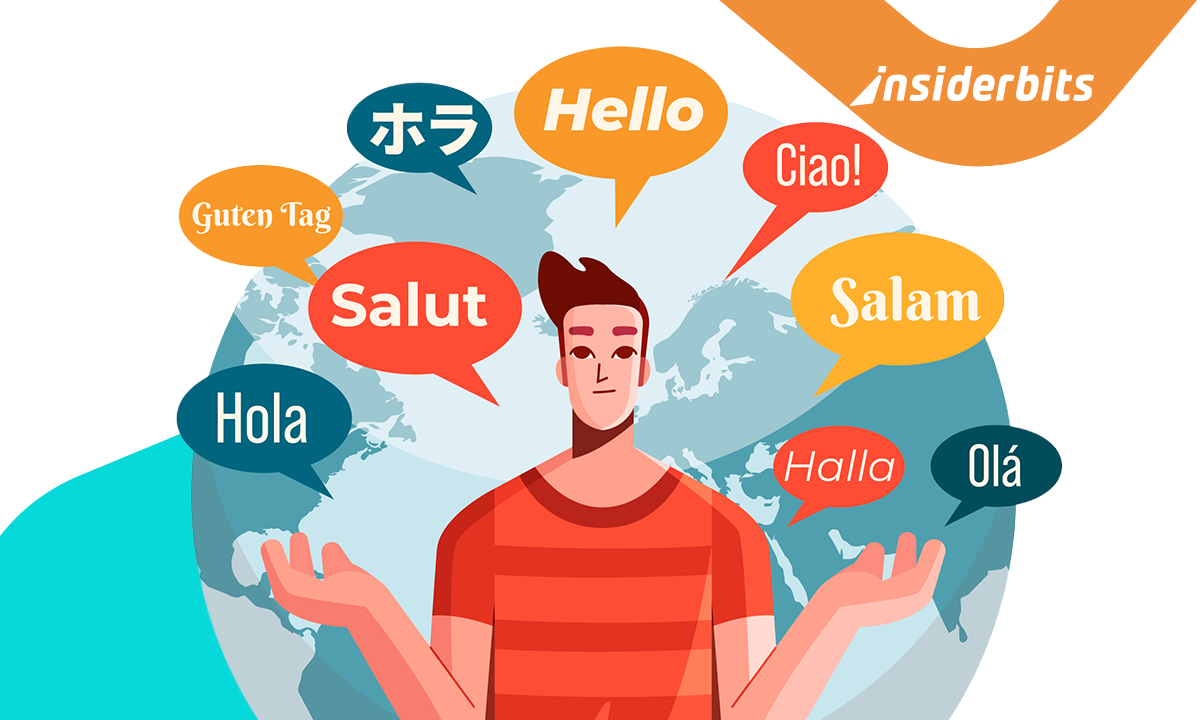Algorithms are woven into your daily digital routines, shaping the content you see, the prices you pay, and even the opportunities you’re offered. First, we need to understand the term algorithmic biases. This refers to how these systems can unintentionally reinforce unfair patterns, often without you realizing it.
Many algorithms reflect the assumptions and data fed into them, which may carry societal inequalities. This article from Insiderbits reveals where those biases come from, how they show up on real platforms, and what tools exist to recognize and challenge them effectively.
- Le système d'exploitation Android répond à tous vos besoins
- Ask AI – What Tasks Should You NOT Delegate to AI Systems?
- MyShake Alert: Your Pocket Earthquake Alert System
What Are Algorithmic Biases and Where Do They Come From?
Algorithms might seem like purely logical tools, but their outputs are shaped by the data and assumptions behind them.
To begin with, algorithmic biases emerge when the models used to make decisions favor certain groups over others, usually because of historical patterns encoded in the training data.
In many cases, the bias is not intentional but inherited. Systems trained on real-world datasets often absorb unequal trends from society itself.
For example, if a hiring algorithm studies past recruitment patterns, it may favor the same profiles that were selected before, excluding diverse candidates in the process.
Bias can also stem from how a model is built. Developers may unintentionally set parameters that skew results, especially when datasets are incomplete or lack representation.
Without proper testing across different groups, the model’s output reflects a narrow worldview.
The problem deepens when these systems operate at scale.
As millions interact with biased algorithms, through content feeds or automated services, the effects become systemic, reinforcing gaps in visibility, access, or opportunity without users even noticing.
Real-World Examples of Algorithmic Bias in Action
Algorithmic biases affect decisions that shape lives. One of the most cited examples involves facial recognition, where systems have shown higher error rates when identifying people with darker skin tones, which has led to misidentifications in law enforcement contexts.
In hiring tools, some platforms that scanned resumes automatically ranked candidates lower if their resumes included terms linked to underrepresented groups.
These tools learned from historical data in which certain profiles were favored, perpetuating inequality in job access.
Recommendation systems on video platforms also reflect this issue. Algorithms may suggest polarizing or misleading content because they optimize for watch time instead of accuracy or fairness, reinforcing bias in the kind of information different users see.
Lastly, credit scoring algorithms have come under scrutiny as well.
By using zip codes or even purchase history, some systems inadvertently penalize low-income individuals, reducing their financial opportunities based on proxies rather than real creditworthiness.
How to Spot and Understand Biased Systems Online
Typically, most people interact with biased algorithms without ever realizing it. A simple way to identify bias is by paying attention to repetitive or limited suggestions.
For example, if your feed constantly promotes the same product or creator, the system may be reinforcing a narrow data loop.
Also, you can watch out for inconsistencies in treatment between users. For instance, if two people with similar behaviors receive very different content or recommendations, the algorithm might be influenced by hidden factors.
Moreover, you should search results that autocomplete stereotypes or platforms that prioritize certain accents in voice recognition often reflect skewed data input, showing how algorithms treat users unequally.
Understanding terms like “filter bubble” and “echo chamber” helps identify how platforms isolate users from diverse opinions.
Ultimately, tools like browser extensions and transparency dashboards can offer deeper insights into how your data is being used to shape your online experience.
Tools and Projects Fighting Algorithmic Injustice
A growing number of initiatives are working to expose and reduce bias in automated systems.
Mozilla’s RegretsReporter, for example, allows users to flag questionable video recommendations on YouTube, helping researchers track how algorithms push harmful or misleading content.
Hugging Face offers the Twitter Algorithmic Bias Explorer, a project that visualizes how different images are ranked and cropped by Twitter’s AI.
This tool demonstrates how design choices in algorithms can unintentionally favor certain features or demographics over others.
Academic communities also contribute through platforms like Zotero, where users can access and organize extensive research about algorithmic transparency and ethics.
These sources deepen public understanding and drive more responsible development.
Collaboration between developers, advocacy groups, and educators continues to grow. As public awareness rises, these efforts help build systems that are not just smarter, but also more accountable and equitable for all users.
What Are Algorithmic Biases and How Do They Affect You? – Conclusion
Algorithmic biases silently influence daily decisions, from the content you see to the jobs you’re offered. Though often invisible, they carry real consequences that affect opportunities, and access to information.
Learning to recognize these patterns gives you power. With the right tools and awareness, it becomes easier to question automated suggestions and demand more ethical design.
Explore platforms like RegretsReporter or Zotero to take control of your online experience and help shape a more transparent future.
En rapport : Privacy-First Browsing: Safest Alternatives to Popular Browsers
Enjoyed this article? Save the Insiderbits blog to your favorites for the latest tools, creative tech tips, and photo editing breakthroughs.





